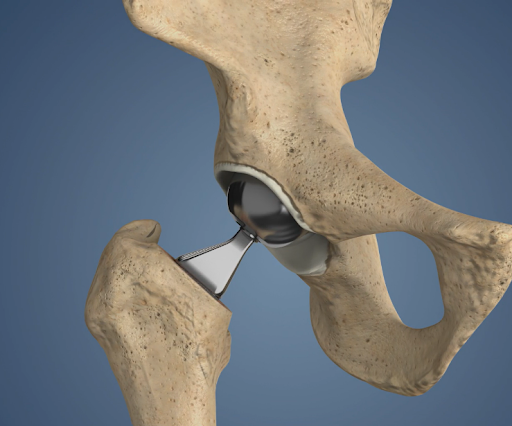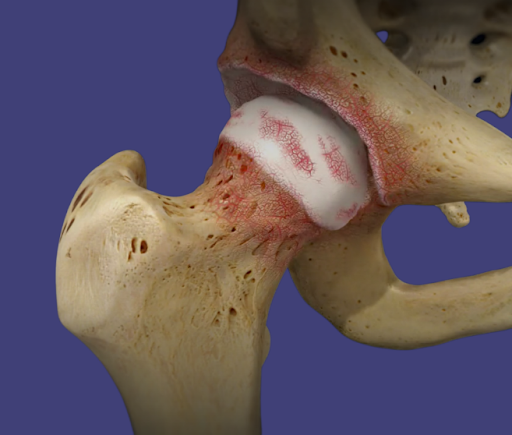
Hip Replacement Surgery
Types of Hip Replacements

Total hip arthroplasty, is a surgical procedure in which a damaged or diseased hip joint is replaced with an artificial implant. It is commonly performed to relieve pain and restore function in individuals with severe arthritis, hip fractures, or other hip joint disorders as: Osteoarthritis, Rheumatoid arthritis, Avascular necrosis and Hip fractures.
A partial hip replacement (also called a hemiarthroplasty) is a surgical procedure where only the ball part of the hip joint is replaced with a prosthetic implant, while the hip socket is left intact. Partial hip replacement is typically performed for:
Hip fractures, especially in elderly patients, Avascular necrosis (when the femoral head loses blood supply and dies), Arthritis limited to the femoral head


Osteonecrosis of Hip, is a condition where the blood supply to the ball of the hip joint is reduced or cut off, leading to bone death and joint collapse over time.
Core decompression: A surgical procedure aimed at reducing pressure within the bone and improving blood flow to the affected area. It is typically recommended in the early stages before significant bone collapse occurs.